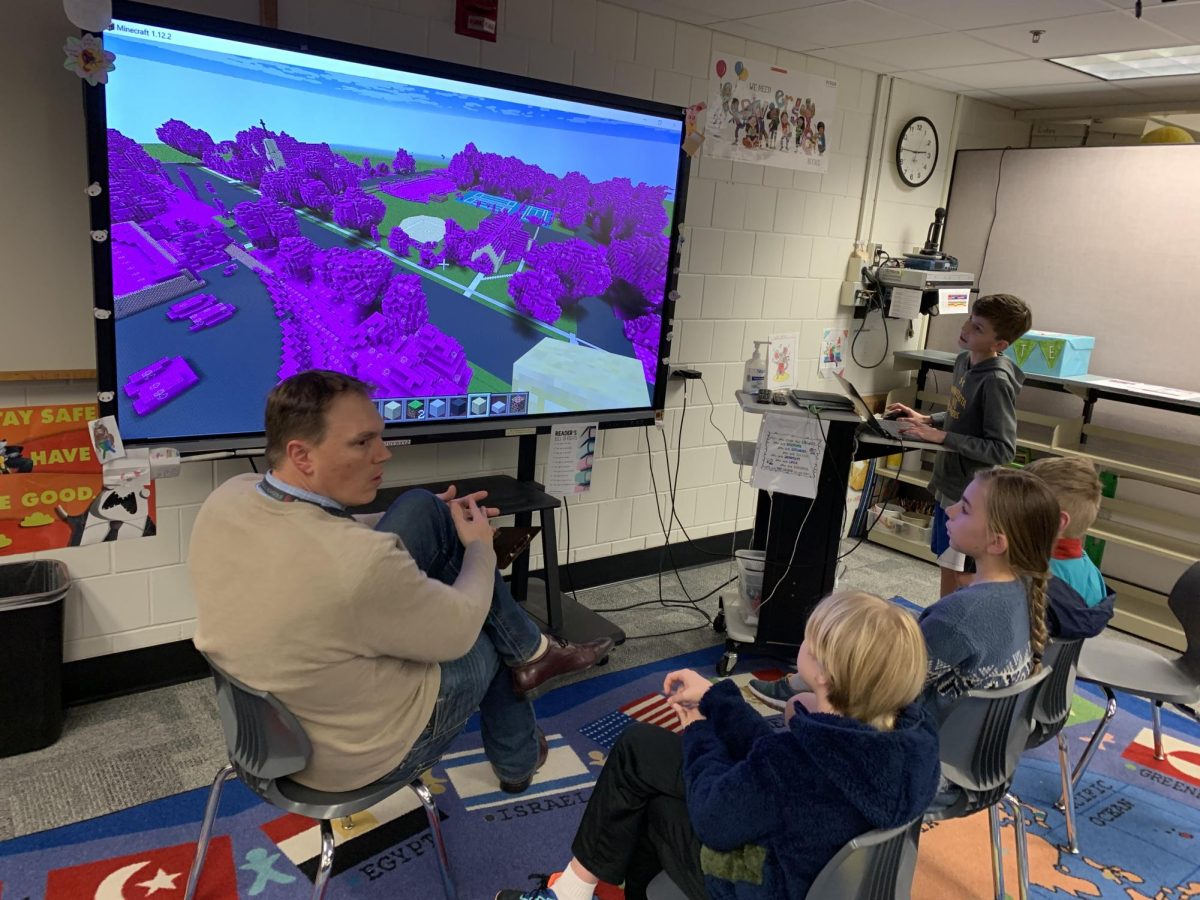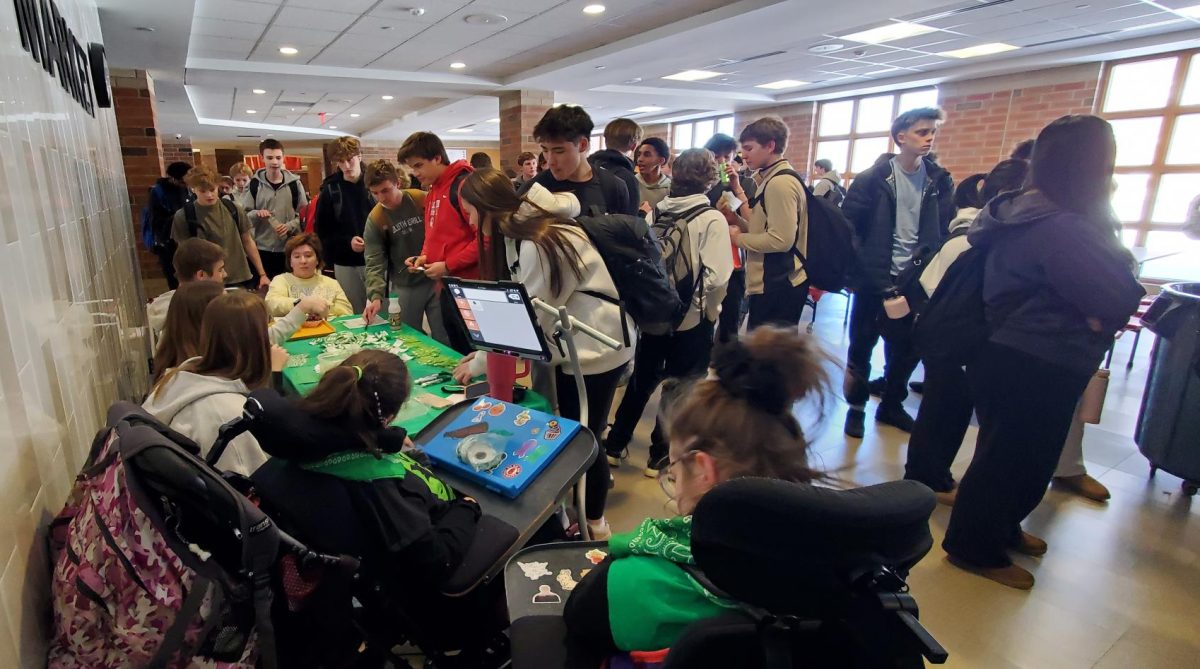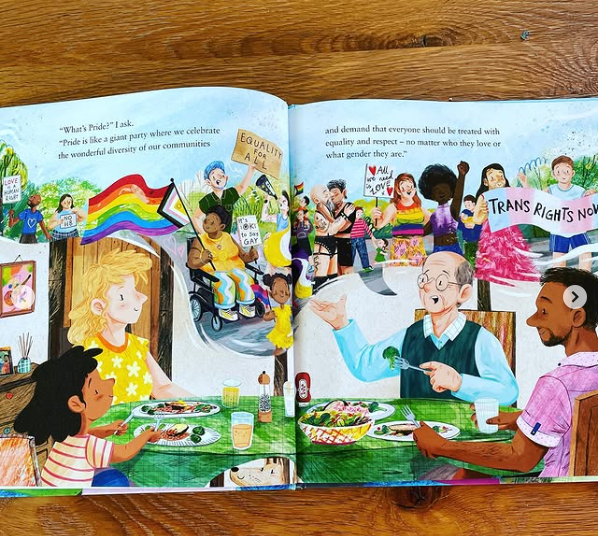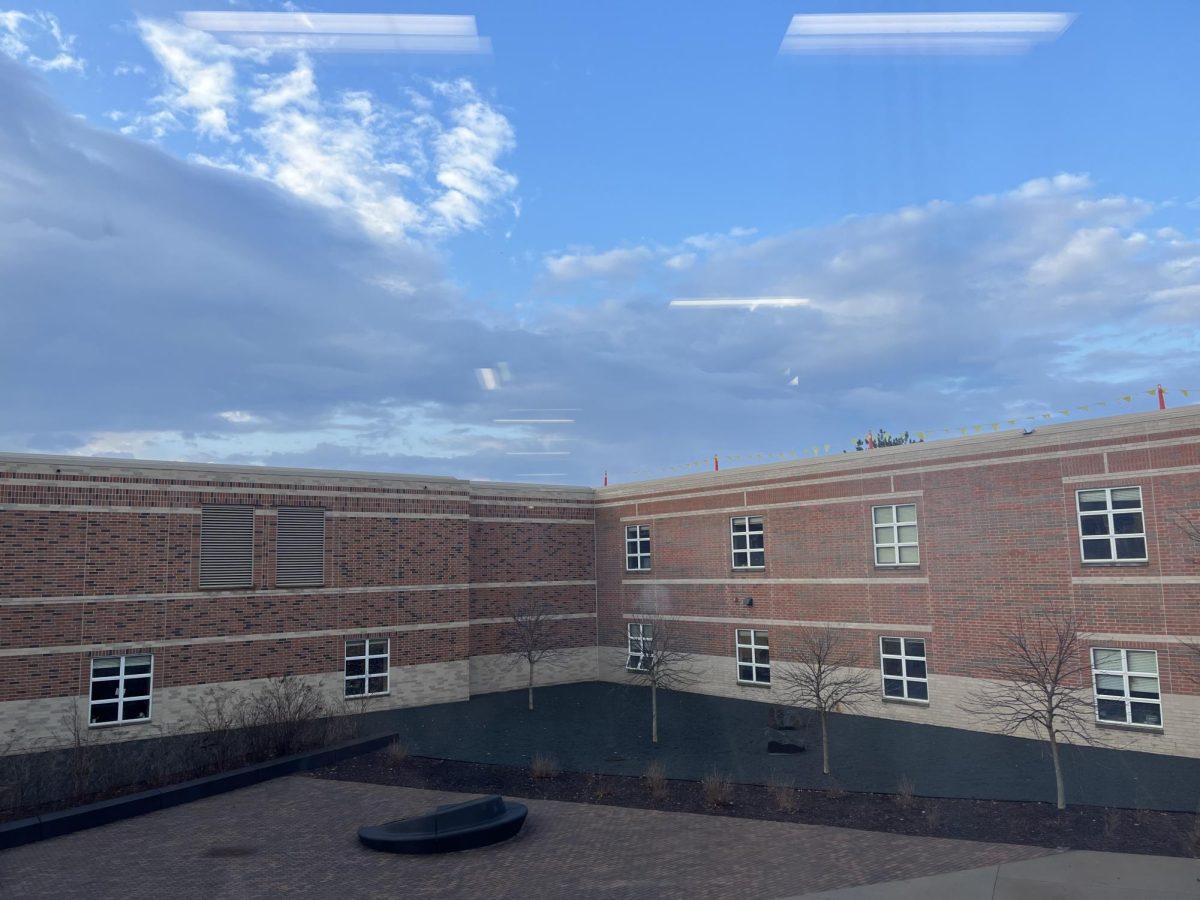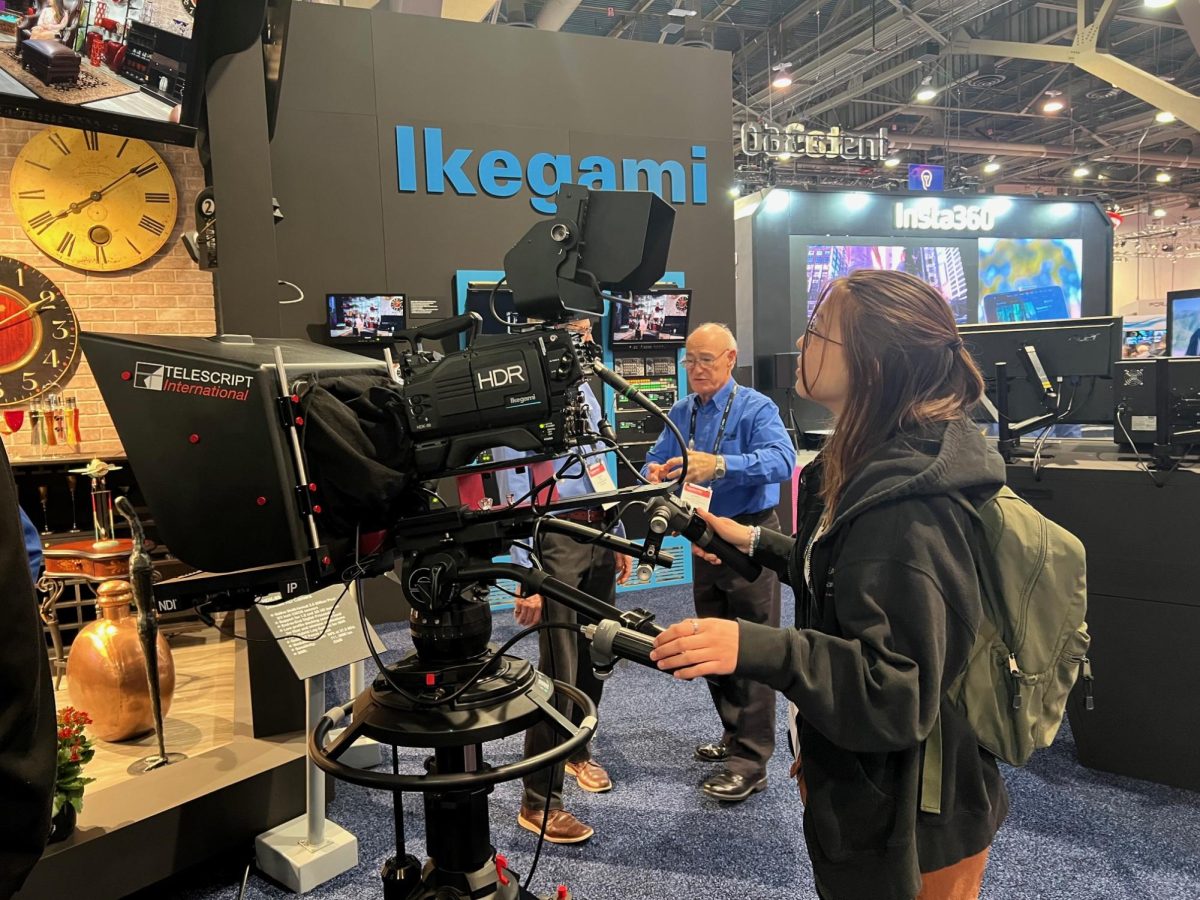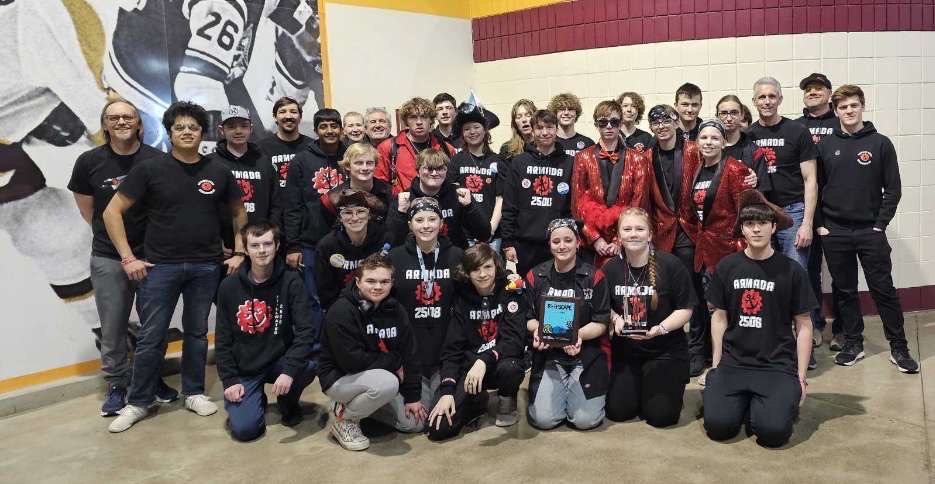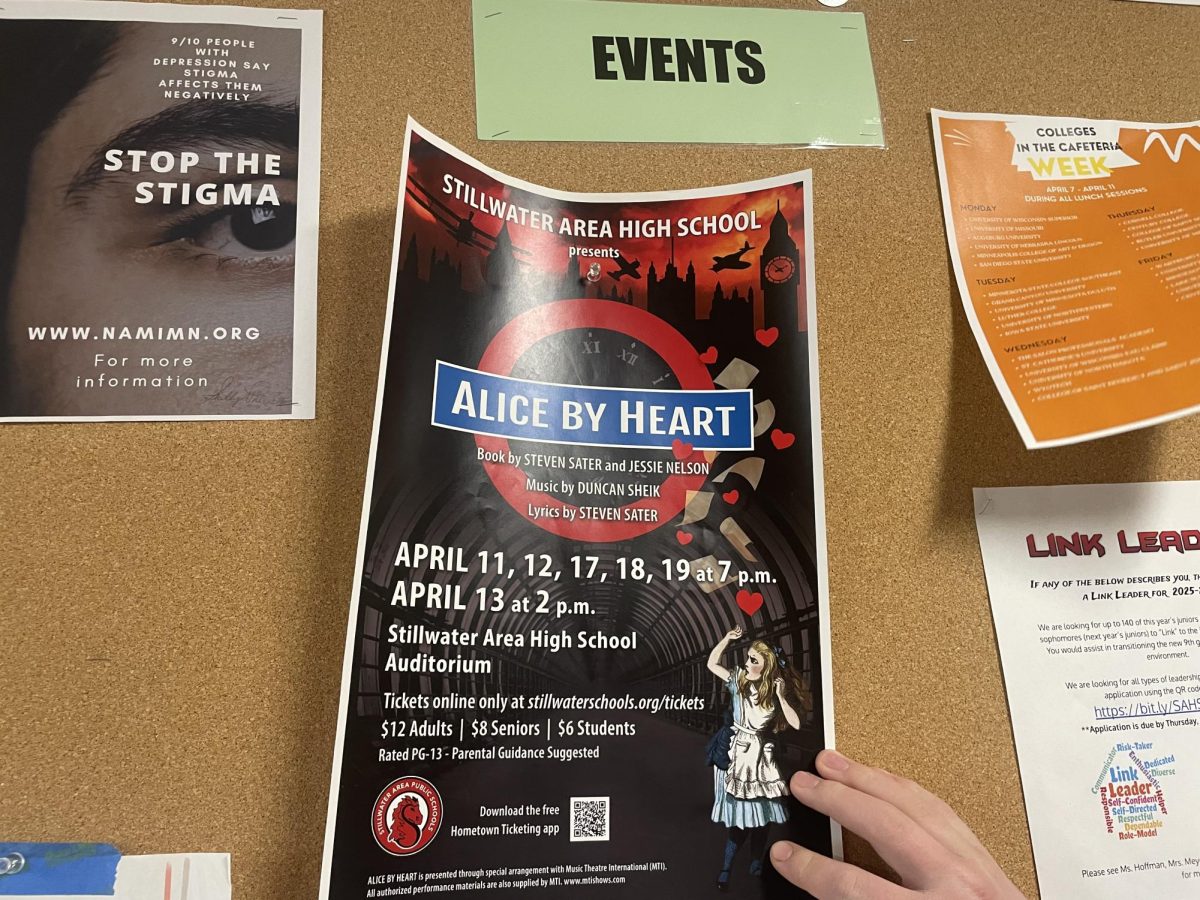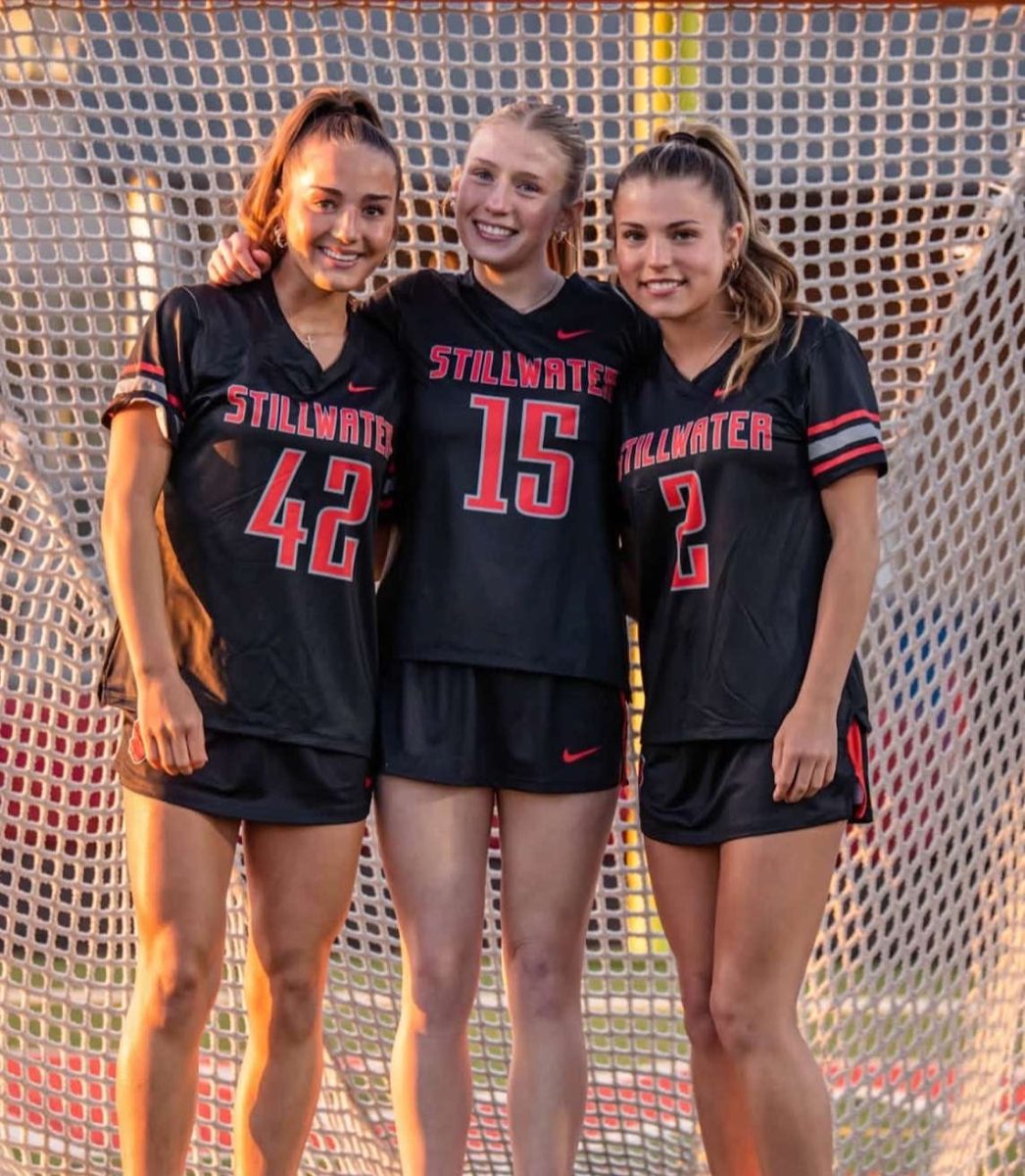This is Stillwater is exploring a better means of communicating and engaging each other on the matters of our community, and across all generations. As of early 2023, TIS started using Minecraft to encourage students to find their voice. If more students learn these important skills at a young age, it is more likely they will be able to make positive changes to the community when they grow up.
“If we could put a face on the complex matters we face, it should encourage us to learn more and become openly engaged,” TIS project lead Michael Manore said.
Minecraft was introduced into the project in March in an effort to bring the real-word into the realms of play. Recently, a Minecraft server has launched for students to log into a world of the proposed sites of Lake Elmo Elementary and Anderson Elementary, which were imported from Google Maps. Students are now able to design the schools how they pleased as they would be the ones to grow up in the surrounding communities with the possibility of their children attending them. During this process they will also be faced with learning about design issues and how the schools would affect the environment. This all may seem like a complicated process, however it is easy for students to follow.
“It’s difficult to really get our heads wrapped around what we truly are accomplishing,” Manore explained.
Along the way, the project also gives older students many different opportunities. Some students who may understand more about the ideals of the project with many different interests can collaborate. Students can collaborate in many ways including computer science and managing the new Minecraft server or doing more research on environmental and economic issues. The project can bring different generations from different backgrounds together on a common issue and passion for the community.
“The opportunity that I’m seeing in this project I didn’t have access to during my first couple years in high school,” senior Owen Tracy explained.
Essentially, a site from Google Maps is captured using a software called RenderDocs, then refined in Blender to work out some of the detailing. It is then scaled and voxelized for import to Minecraft as a ‘schematic’ file. After the model is imported, the fun begins in Minecraft to make the world as accurate as it can be. In effect, what’s being created is called a Digital Twin. A digital twin refers to a digital or 3d model of any item, topic, or place. It allows the “twin” to be modified to how the students want it to be, which can be an example of what that real thing could look like.
“The older generations can focus on efficient ways of getting things done, but I think the youth can be a tremendous resource in rethinking the context of any challenge,” Manore said.
On the admin side of the project, high school students gather on zoom calls to talk about the advancements they made in improving the Minecraft server. Without the help of older students, this project could not progress as quickly. TIS is student-driven and will continue as such so they can continue to make discoveries and express their voices without the restraints of an adult telling them something is not possible.
“I love videos and music and Minecraft, and so far, the project has enabled me to just share, eat, whether it really relates to what we’re trying to accomplish or not.” Tracy explained.
The idea to incorporate Minecraft, however, started in 2019 when Michael met Julie and the Synergy Club at DaVinci Fest. The club had showed off mechanics and learning opportunities hidden in the game. TIS saw a deeper purpose for this, however, to make more of a distinct usage for the game to present to similar students. There was a large collaborative effort between Julie and Michael to start learning more about the capabilities of the game.
Ever since then, it has gone through a few tests runs with students until the project had matured enough to start work on the next level, “tech is not just entertainment,” Balfanz explained.
Unlike most nonprofits, there is no endpoint to This Is Stillwater. The main goal of the project is simply to inspire students to think differently about problems which the older generation may find complex to execute. Minecraft is used as an outlet as most students may have experience playing the game in the past. Minecraft in the school district was originally used for mentally challenged students a few years ago so they could express how they felt without saying anything. These same principles were taken into consideration when the new Minecraft server was made, for students to express themselves and how they truly feel about the community from a video game. With these values set, the project thrives to continue these traditions for years on end.
“I think about the complexities that we live in today, and yet the access points that we have to all of these pieces of information is so prepackaged and oversimplified and I’m thinking why can’t we bring that out into the open?” Manore asked.
Implementing Minecraft does, however, come with some hurdles. Currently the issue of students having access to deleting others’ work is being talked about along with other security measures. In order to keep the right people in, a whitelist has been put in place allowing only certain users into the game. Another issue the team is facing is the server itself. There are a few problems with the current server and SSH access, where it is harder to set specific permissions of admin and regular students.
“I’m seeing kids actually speaking up and being courageous enough to share ideas,” Synergy advisor Julie Balfonz said.
Currently, there are only plans to keep the project local in scale. Subjects including agricultural information and the decommissioning of the Xcel plant in Oak Park Heights are being explored as well.
In the future, the hope is to inspire students and teachers to find creative ways to assimilate this type of local learning more into school’s curriculum. Teaching and introducing students to more digestible problems at a younger age would vastly affect their thinking and decision-making skills. With the Synergy Club, anyone is simply welcome to show up for a meeting and join. The effects for this project have already been seen throughout the community and trends are already predicted to grow.
While project adviser Micheal Manore calls this the “fantasyland-ish” way to teach students, it has proven highly effective.


